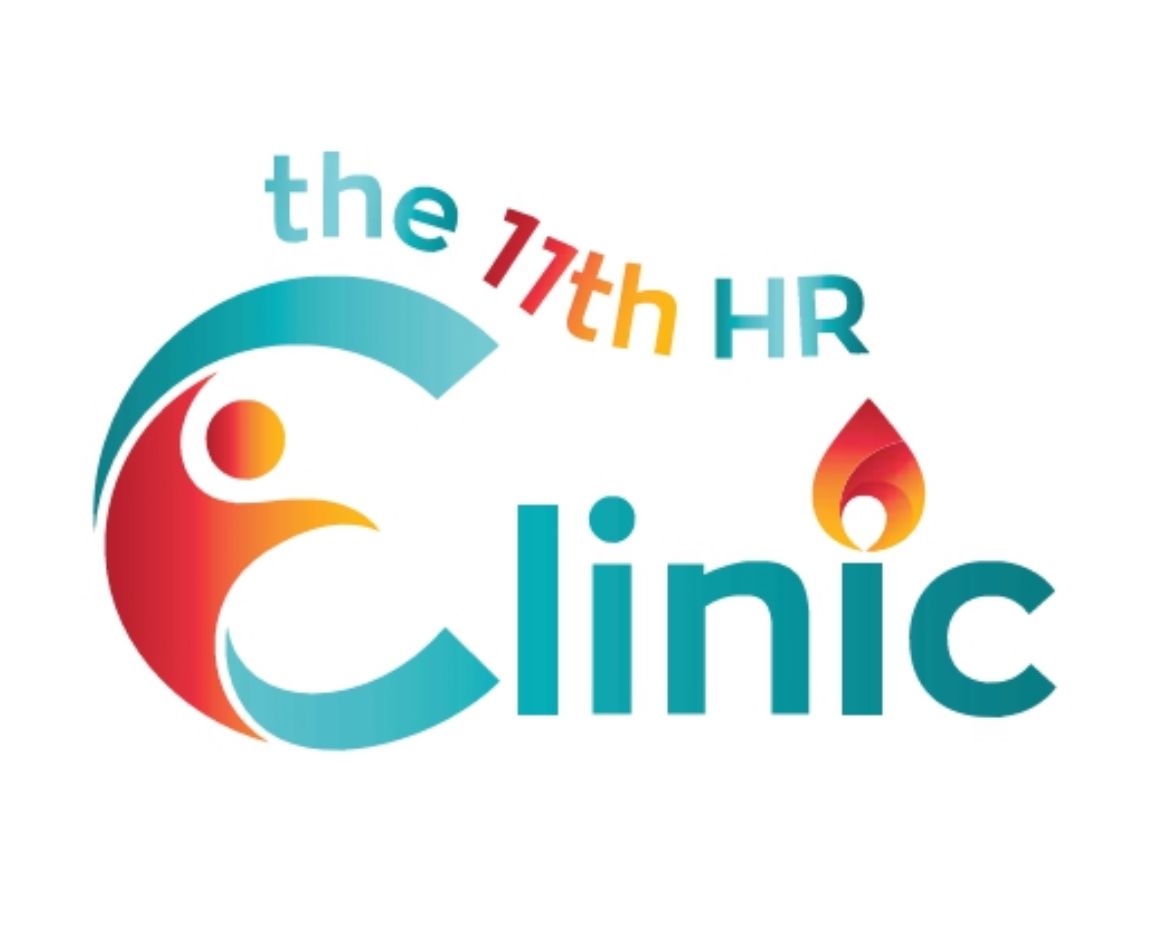Mental Health at Work: Who’s Responsible When You Disclose?
From risk to responsibility: making disclosure safe, fair, and supportive
Talking about mental health at work can feel like stepping onto shaky ground. For some people, opening up leads to understanding, flexibility, and support. For others, it can bring awkwardness, stigma, or even negative career consequences. But once someone does disclose whether it’s to a manager, HR, or a trusted colleague an important question comes up: who is responsible for what happens next? Does accountability sit with the employee, who knows their needs best? Or with the manager and organisation, who control the environment and resources? The research says: it’s not a one-sided story. Let’s break it down.
Why disclosure is complicated
Studies show that people carefully weigh up the risks and benefits before sharing mental health information at work (Brouwers et al., 2014). On the plus side, disclosure can unlock accommodations, strengthen relationships, and reduce the strain of “keeping it in” (Brohan et al., 2012). On the downside, it can expose someone to bias, unfair treatment, or even job loss if a workplace isn’t ready to respond (Dewa et al., 2019). No wonder many employees describe disclosure as one of the hardest decisions they’ll ever make in their career (Hanisch et al., 2019).
Where employees hold responsibility
Employees generally carry the responsibility for deciding:
- If, when, and how much to share: Some choose full transparency, others stick to describing functional impacts (“I need quieter space to focus”) rather than diagnoses (Rüsch et al., 2014).
- Communicating needs: Research suggests employees often need to propose or negotiate accommodations themselves, rather than expecting managers to know what to do (Corbière et al., 2019).
- Ongoing feedback: If a change isn’t working, for example flexible hours don’t ease stress as intended the employee may need to speak up again (Villotti et al., 2017).
In other words, employees are the experts on their own experience. But expecting them to carry the full weight of support and adjustment is both unrealistic and unfair.
Where managers and organisations hold responsibility
Once a disclosure is made, accountability shifts heavily toward the organisation. Research consistently shows outcomes depend less on what the employee says, and more on how managers and colleagues respond (Martin et al., 2019).
Managers and organisations are responsible for:
- Creating safety: A supportive culture reduces the risk of stigma and makes disclosure less costly (Shann et al., 2019).
- Acting on requests: Legally and ethically, employers in many countries must provide reasonable accommodations for mental health needs (Australian Human Rights Commission, 2010).
- Equipping managers: Studies highlight that many managers want to help but don’t know how. Training improves confidence and leads to better outcomes (Dimoff & Kelloway, 2019).
- Maintaining support: It’s not a “one and done.” Check-ins, adjustments, and flexibility over time are key to sustaining wellbeing (Arbanas et al., 2021).
Put simply: employees may start the conversation, but managers and organisations are accountable for what happens next.
Why shared accountability works best
If responsibility tilts too far toward the employee, disclosure becomes a burden and another “task” on top of managing symptoms. If it tilts too far toward managers, employees may feel disempowered, or worse, sidelined.
The best outcomes come from shared accountability:
- Employees choose what and how to share, and bring forward their lived experience.
- Managers create the safe space, act on requests, and follow through with support.
- Organisations set the tone through culture, policy, and training.
This balance reduces harm, supports recovery, and keeps people engaged at work (Nigatu et al., 2017; Henderson et al., 2013).
What this means for you
If you’re an employee:
- You don’t owe your employer your full story. Share what feels safe and what helps you do your job well.
- Think ahead about what adjustments might be useful.
- Remember: you’re not alone. Disclosure is a brave step, and it’s okay to ask for support along the way.
If you’re a manager:
- Listen first, problem-solve second.
- Be clear on what’s possible and if you don’t know, find out.
- Recognise your role goes beyond logistics. How you respond shapes not just this disclosure, but whether others feel safe to speak up.
Final word
Disclosure is not just about one person “owning up” to a difficulty. It’s about a workplace demonstrating that people matter, in health and in struggle. The responsibility for support doesn’t sit squarely on the shoulders of the individual. Research is clear: employees need to bring their experience, but organisations must carry the weight of creating safety, fairness, and support. That’s how we move beyond disclosure as a risk, and toward disclosure as a path to better workplaces for everyone.
Whether you’re an employee wondering how much to share, or a manager wanting to respond well, our team can guide you through these conversations and help build safer workplaces. Visit us at one of our locations or arrange a telehealth consult online.
References
Arbanas, G., et al. (2021). Supervisor responses to mental health disclosure: A systematic review. Journal of Occupational Rehabilitation, 31(4), 681–693.
Brohan, E., et al. (2012). Experiences of disclosure and stigma of mental illness at work. Epidemiology and Psychiatric Sciences, 21(4), 367–382.
Brouwers, E. P., et al. (2014). Disclosure of mental health problems in the workplace: Decision-making framework. Journal of Occupational Rehabilitation, 24(4), 725–732.
Corbière, M., et al. (2019). Strategies for disclosing mental illness in the workplace. Psychiatric Services, 70(12), 1078–1085.
Dewa, C. S., et al. (2019). The impact of mental health disclosure on employment outcomes. Canadian Journal of Psychiatry, 64(10), 701–709.
Dimoff, J. K., & Kelloway, E. K. (2019). Mental health awareness training for leaders. Canadian Journal of Administrative Sciences, 36(4), 472–483.
Hanisch, S. E., et al. (2019). The decision to disclose a mental health problem at work. Occupational Medicine, 69(7), 495–503.
Henderson, M., et al. (2013). Mental health problems in the workplace: A review. Occupational Medicine, 63(4), 221–229.
Martin, A., et al. (2019). Leadership, disclosure and stigma. Journal of Management & Organization, 25(3), 331–348
Nigatu, Y. T., et al. (2017). The impact of return-to-work programs for mental health. Journal of Occupational Rehabilitation, 27(3), 355–364.
Rüsch, N., et al. (2014). Levels and consequences of mental illness disclosure at work. Psychiatry Research, 220(1–2), 809–814.
Shann, C., et al. (2019). Workplace mental health culture and disclosure. BMC Public Health, 19(1), 804.



